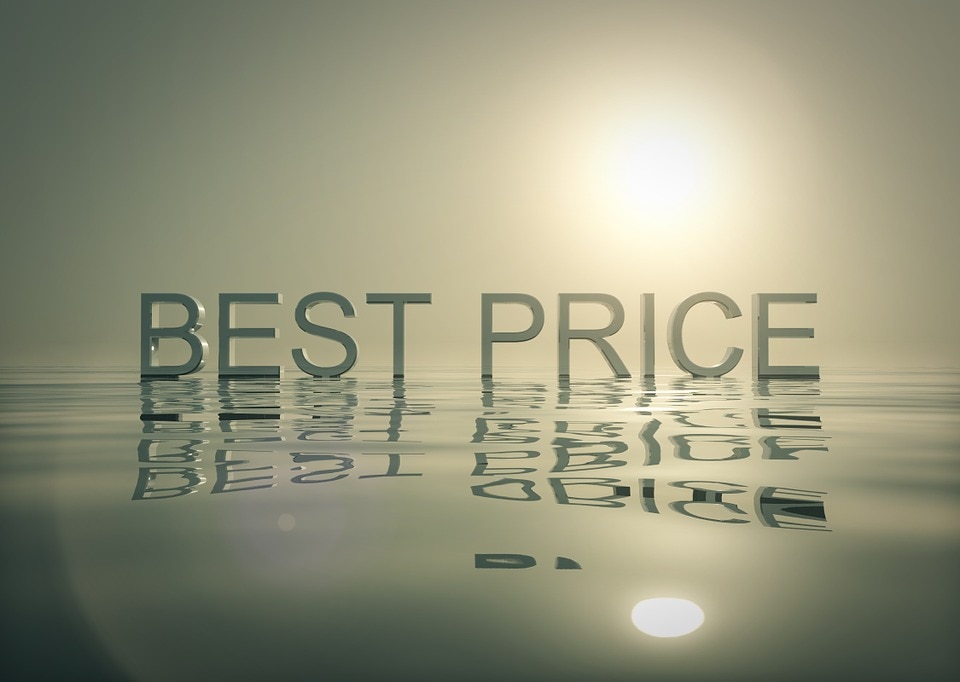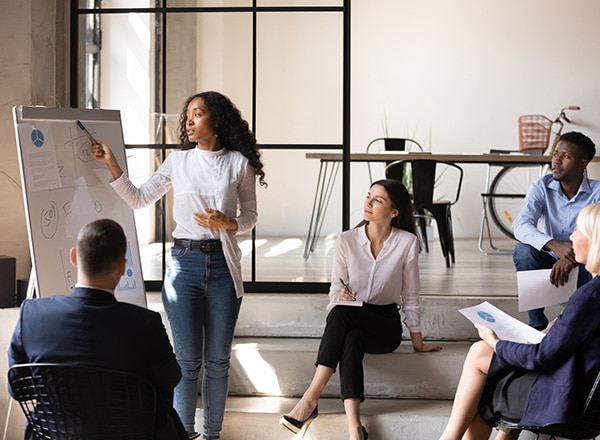Step by step guide to calculating DCF
Calculating discounted cash flow (DCF) might sound technical, but it’s easier than you think. Here’s a simple breakdown to help you get started:
1. Forecast your business’ free cash flows
Start by estimating your business’ free cash flows. This is the money that is left over after covering operating costs, taxes, reinvestments, and other expenses. Typically, with DCF, you would forecast for 5-10 years depending on your business’s stability, using real data from past performance to make reasonable assumptions.
It’s important that you don’t just guess; you should look at sales trends, upcoming expenses, and industry growth.
2. Choose a discount rate
The discount rate reflects the risk involved and the return an investor expects. Many businesses use their weighted average cost of capital (WACC). The higher the risk, the higher the rate you should apply in your calculations.
3. Calculate present value
Now, it’s time to apply the DCF formula to each future cash flow to “discount” it back to today’s value. Remember, money in the future is worth less today, due to inflation and other factors.
4. Estimate terminal value
This is how much your business is worth after your projection ends. You can estimate it using either the perpetual growth method (assuming it grows at a steady rate forever), or an exit multiple based on industry benchmarks.
5. Discount the terminal value
Just like the yearly cash flows, this figure also needs to be discounted back to today’s value to give you an accurate representation.
6. Add it all up
Now that you have everything you need, you just need to sum up the present values of each year’s cash flow, plus the terminal value. That total is your business’ intrinsic value today.
Let’s say your DCF estimate is S$800,000, but the asking price is S$600,000. That could be a great investment opportunity.
To get a better picture, you can try running different scenarios with conservative and optimistic estimates, especially if you’re planning a big financial move.
Determining the appropriate discount rate
The discount rate reflects the return you expect and how risky the investment is. It’s the rate used to adjust your future money to today’s value.
Most businesses use the Weighted Average Cost of Capital (WACC), which combines the cost of borrowing with investor expectations. The higher the discount rate, the riskier the investment is seen to be.
For example, a startup might use 15-20% due to uncertainty, whilst a more established business might use 8-10%.
If you’re unsure, be conservative. It’s smart to run a sensitivity analysis and see how a 1-2% change in the rate affects your valuation. If a small tweak makes a big difference, there’s more risk in your assumptions.
This step is important, as it reveals how solid or shaky your valuation really is, helping you make more informed decisions.






